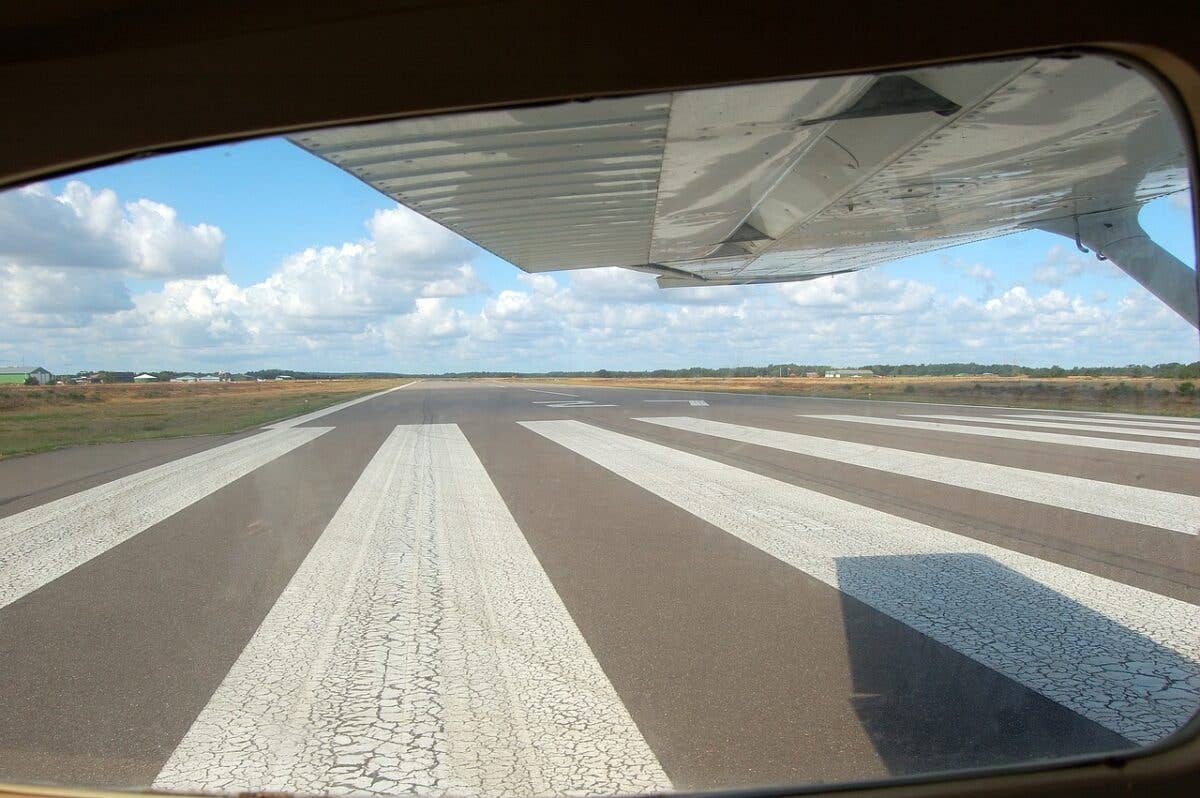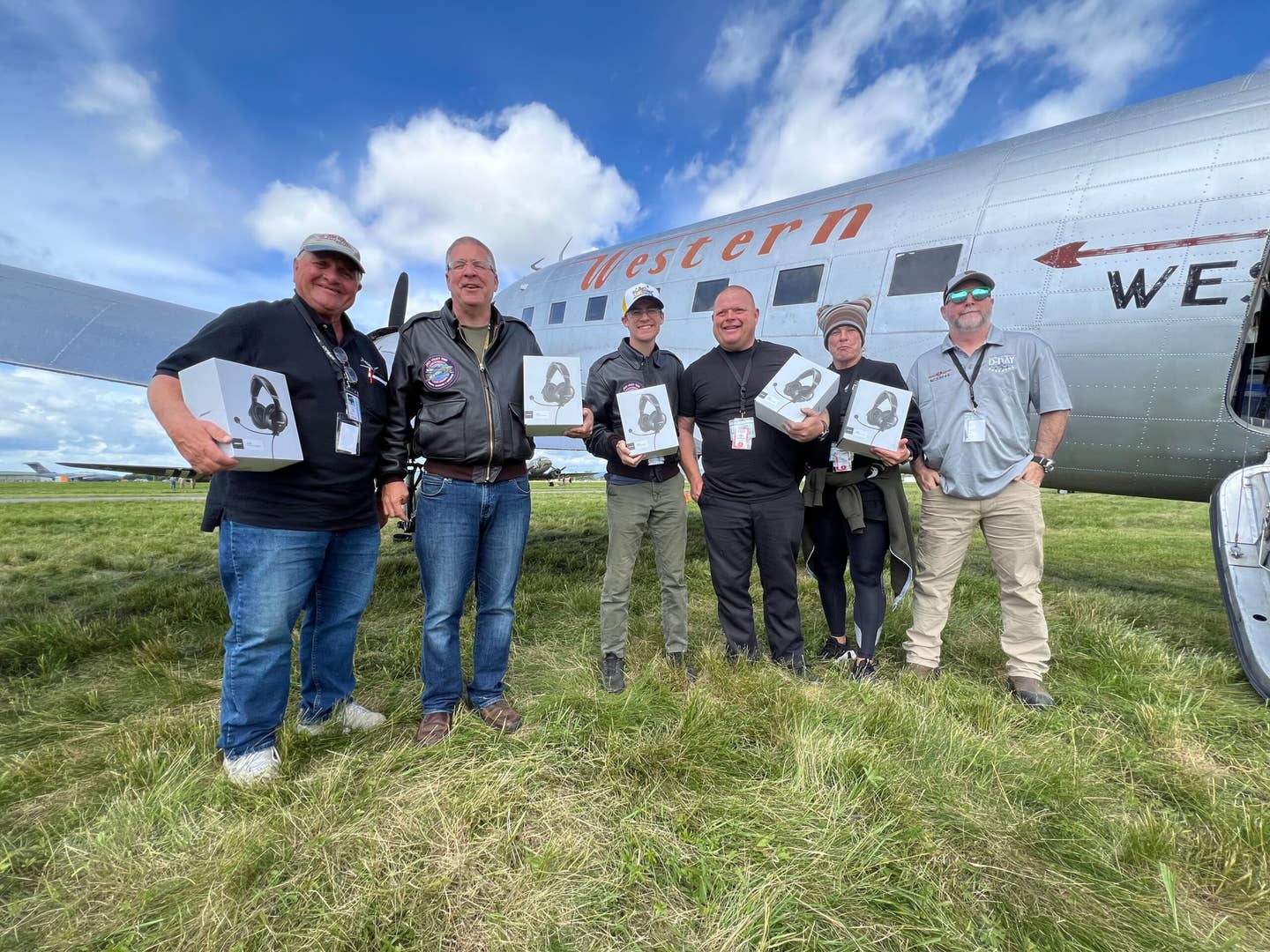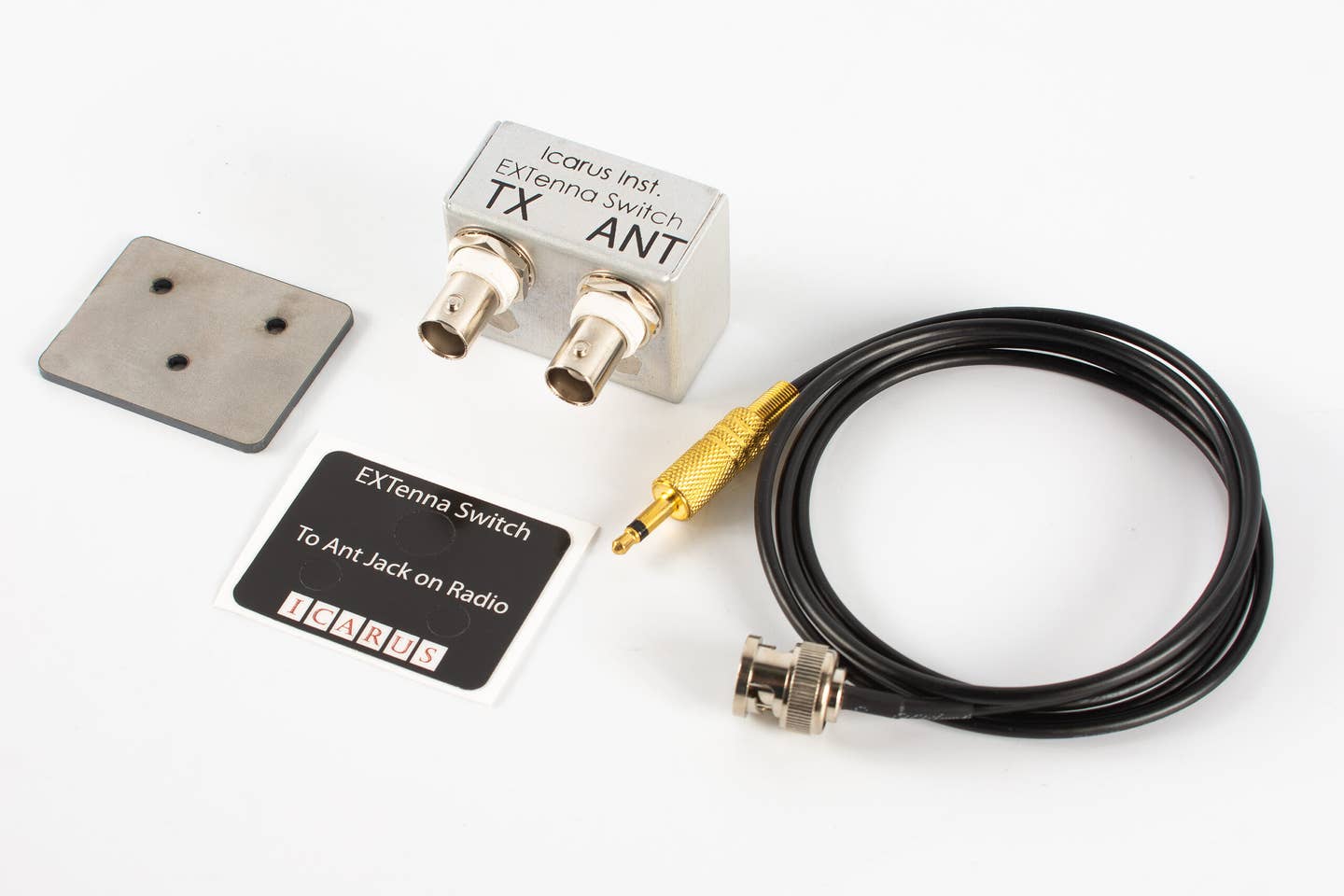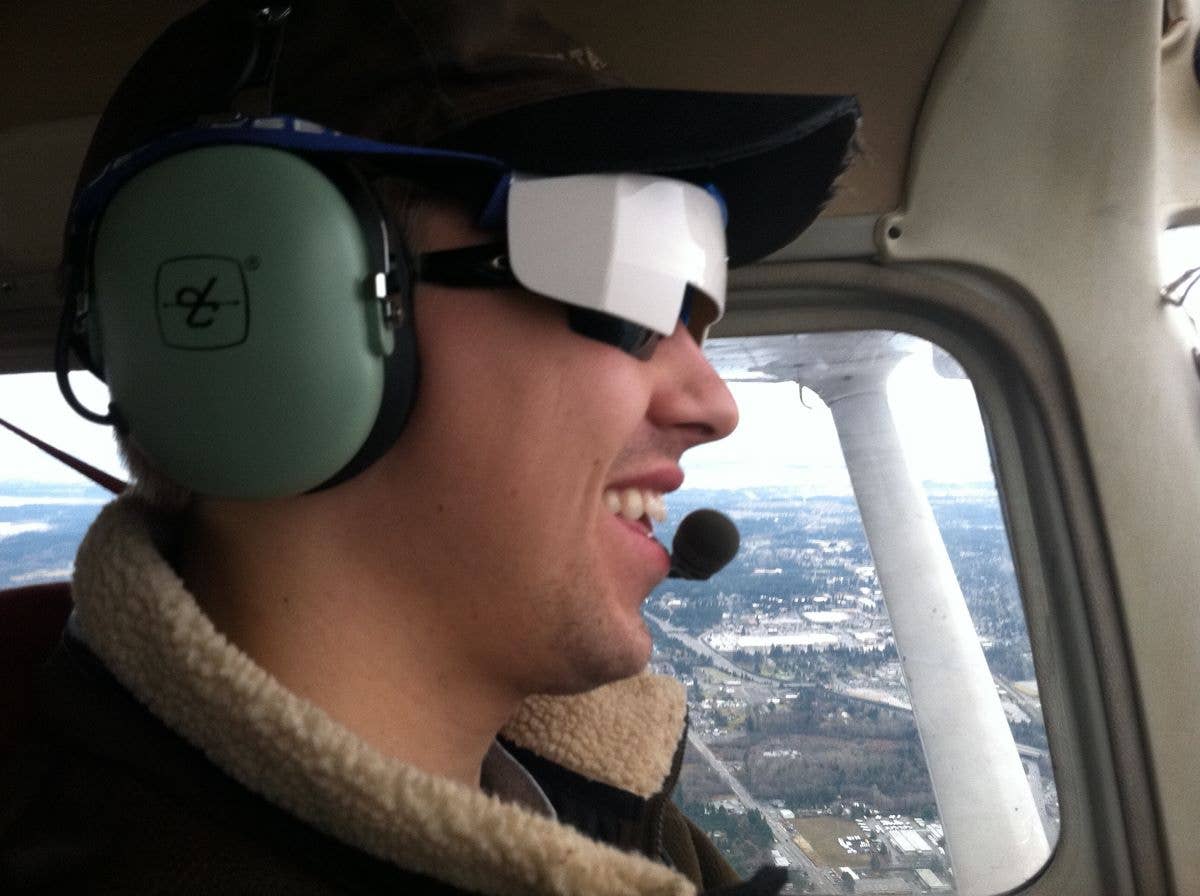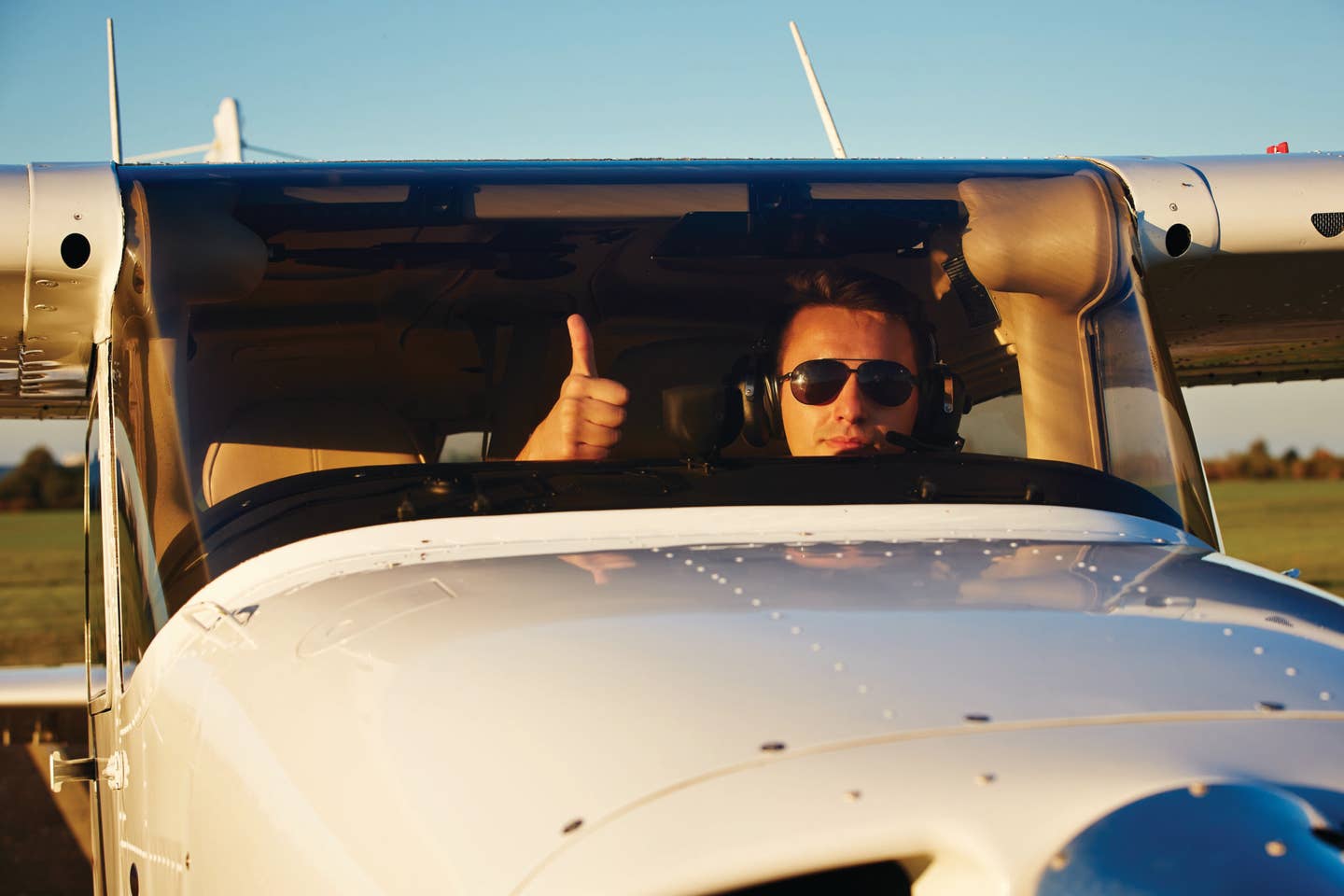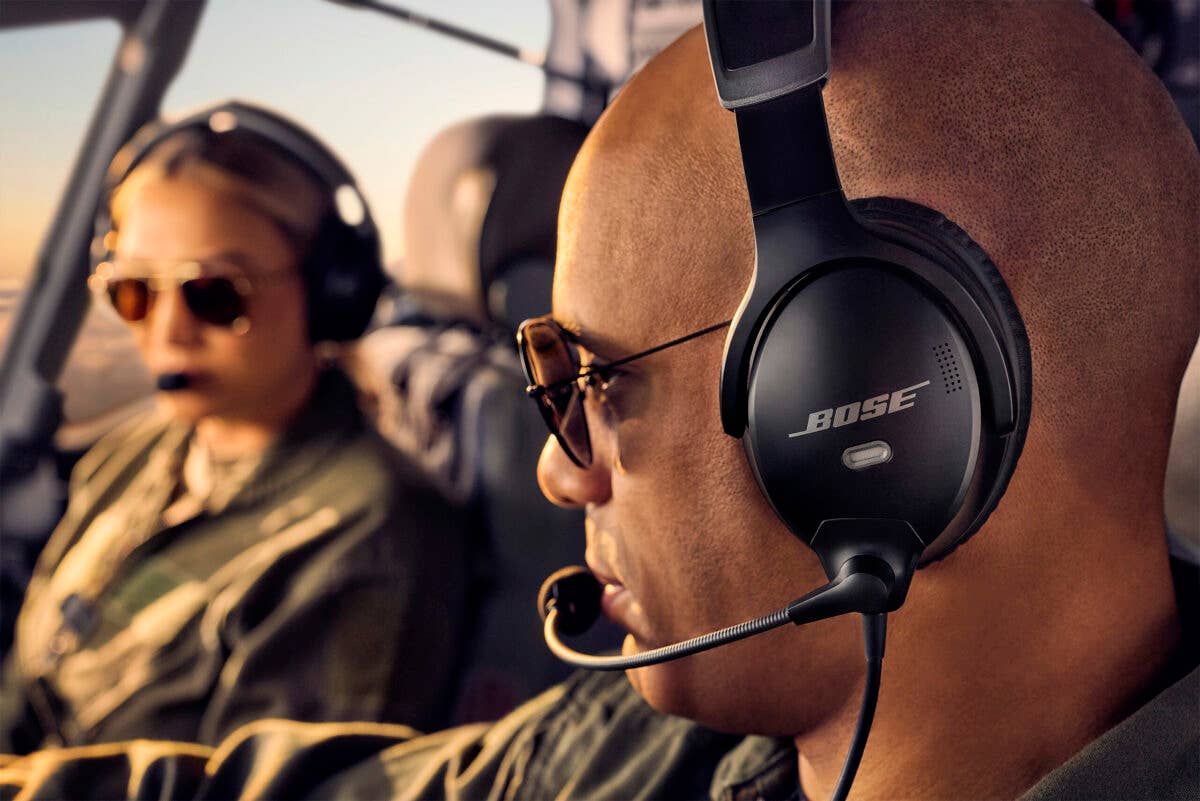Cyberboardz Offers 3D Aviation Cards
The greeting cards feature augmented reality designed for the aviation buff.

Cyberboardz has combined software and detailed greeting cards to create an augmented reality experience for aviation enthusiasts. [Courtesy: Cyberboardz]
To most aviation enthusiasts, a highly detailed, artfully done illustration of a World War II fighter is a nice gift. Cyberboardz, the manufacturer of aviation-inspired greeting cards, have taken them to the next level with augmented reality (AR).
With the use of a smartphone and app, you get a 3D image of the aircraft in flight, engine sounds, and the ability to activate the guns. The Cyberboardz cards can be described as pop-up book meets video game—and they must be experienced to be believed.
FLYING had the opportunity to sample its Battle of Britain designs consisting of a Supermarine Spitfire Mk 1a and a Messerschmidt Bf 109 E-4. These cards feature a three-dimensional image of the aircraft and an app (CyberBoardz) through which the card comes alive with sound and movement, almost like a hologram.
Will Escutia, CEO of Cyberboardz, a 700-hour private pilot, and CEO of Flying Spirit Aircraft, owner of the intellectual property of the Quicksilver aircraft and brand, is the creator of the 3D card with augmented reality.
"Many of us love plastic and die-cast models of WWII fighters and other aircraft,” Escutia said. “But we do not have enough time to build them or enough space to display them. The 3D card with augmented reality makes it easy to enjoy the models, and it can be put away and stored in seconds using minimal storage space.”
These cards are educational, according to Escutia, who is also a WWII researcher and the author of The German Plan to Defeat Russia.
"We aviation enthusiasts love aircraft performance specs, so I thought it would be great if accurate data was included with the cards,” Escutia said. “It took almost two years of research, prototyping, testing, getting customer feedback, establishing a supply chain, and introducing other features that the customer wanted—like a moving pilot inside the cockpit—to have the card and augmented reality ready for production."
The greatest challenge was writing the software in a platform supported by most cell phones and "fine-tuning the manufacturing process so the cardboard designs looked like their real counterparts and, at the same time, that the aircraft could be easily folded without damaging the smaller parts."
Although the cards are new, so far feedback has been positive, according to Escutia, as pilots and aviation enthusiasts appreciate the detail and the augmented reality.
"The cards with the AR were very well received, and people found the combination cool, fun, innovative, easy to share, and with a powerful ‘wow’ factor," he said.
The company began by producing the Spitfire Mk Ia and the Messerschmitt Bf 109 E-4, the two main aircraft that fought the Battle of Britain. Additional designs in the works include the P-51B Mustang, P-47, P-38, Fw-190, Zero, and Corsair with other models to follow.
The company website walks you through downloading the app and how to use it to give you an interactive experience. For online game fans who fight the Battle of Britain virtually, there are also pages of information on air combat tactics.
The cards, which typically sell for $29 apiece, can be ordered from cyboardz.com.

Subscribe to Our Newsletter
Get the latest FLYING stories delivered directly to your inbox

